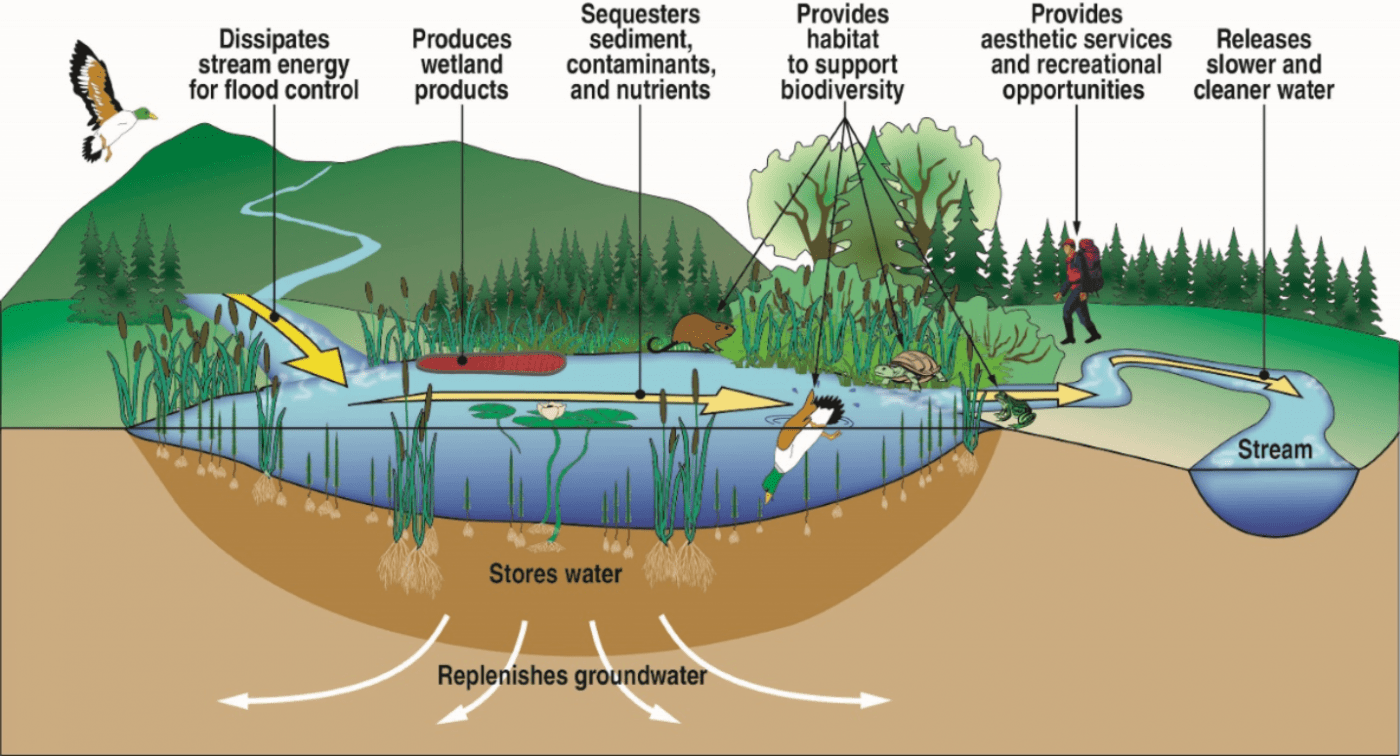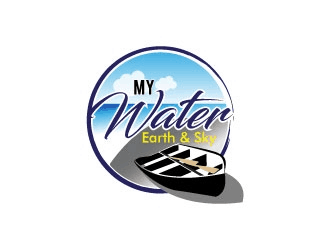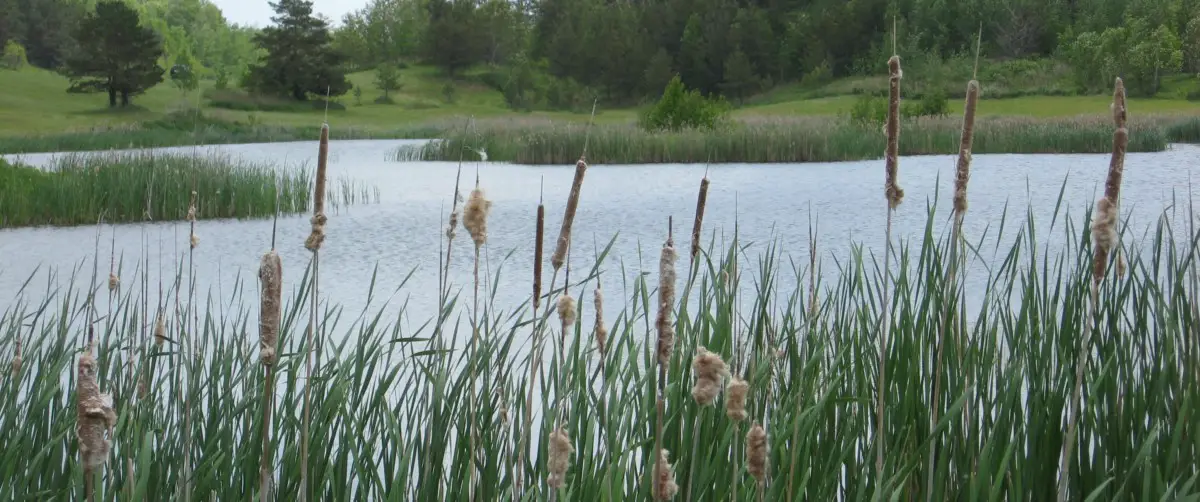Wetlands can support waterbirds, fish, amphibians, reptiles, and plant species during important life stages they are used to gather statistics and information but are hard for an ordinary layman like ourselves to recognize if we looking at one or even standing in one. There are different types of Wetlands that grow & adapt according to their own location. What are the Functions of a Wetland?
The Functions of a Wetland are:
- Water purification
- Flood protection
- Shoreline stabilization
- Groundwater recharge
- Streamflow maintenance
- Provide habitat for fish & wildlife, including endangered species
- Trap sediments that contain contaminants & pollutants
- Help create biological productivity
The miracle of Wetlands is that they do many different things besides acting as a barrier that protects the mainland from wave action by reducing floods. They can actually improve water quality by filtering out contaminants. They provide habitat for animals and plants and many contain a wide diversity of life, supporting plants and animals that are found nowhere else.
Functions of a Wetland
According to the EPA- Wetlands are areas where water covers the soil, or is present either at or near the surface of the soil all year or for varying periods of time during the year, including during the growing season. Water saturation (hydrology) largely determines how the soil develops and the types of plant and animal communities living in and on the soil. Wetlands may support both aquatic and terrestrial species. The prolonged presence of water creates conditions that favor the growth of specially adapted plants (hydrophytes) and promote the development of characteristic wetland (hydric) soils
Wetlands are zones that separate water and land. They can be fresh or saltwater a transitional zone that is sometimes flooded and sometimes dry. Normally during rain events, the Wetlands will stay wet. Wetlands may be natural or artificial and the water within a wetland may be static or flowing, fresh, brackish, or saline. There are even underground wetlands. Wetlands mainly include:
- Swamps
- Marshes
- Bogs
- Fens

Natural wetlands perform many functions that are beneficial to both humans and wildlife. One of their most important functions is water filtration.
As water flows through a wetland, it slows down and many of the sediments that carry contaminates along with nutrients also slow down with the water carrying them the suspended solids become trapped by vegetation and settle out. Other pollutants are transformed into less soluble forms taken up by plants or become inactive.
Wetland plants also foster the necessary conditions for microorganisms to live there. Through a series of complex processes, these microorganisms also transform and remove pollutants from the water cleaning and filtering the way nature intended it to be.
Marshes and Swamps are part of the bigger parts of water. Marshes contain large amounts of vegetation adapted to saturated soil conditions. These will include grasses and leafy plants that grow out of the water. Swamps are dominated by trees. The soil in and around a Wetland is sponge-like that can absorb extra water.
Tidal Marshes- Can be found along protected coastlines in the middle and high latitudes. They are mainly found on the east coast from Maine to Florida and continuing on from Louisiana to Texas all along the Gulf Of Mexico.
They can be brackish or freshwater but all are influenced by the motion of tides. Tidal marshes are normally categorized into two distinct zones, the lower or intertidal marsh, and the upper or high marsh. The lower ends of the marsh are exposed to a tide.
Tidal Marshes specifically perform important functions like buffering stormy seas. They buffer stormy seas, slow shoreline erosion, and are able to absorb excess nutrients before they reach oceans and estuaries. Tidal marshes also provide vital food and habitat for clams, crabs, and juvenile fish, as well as offer shelter and nesting sites for several species of migratory waterfowl. Most of this area is marked off as bird sanctuaries where migratory birds return to the same spots every year.
(Inland) Non-Tidal Marshes are the most prevalent type of Wetland in North America. They are mostly freshwater but there are some brackish They frequently occur along streams in poorly drained depressions and in shallow water along the boundaries of lakes, ponds, and rivers. The depth of water in Marshes generally runs a few inches to a few feet and sometimes runs dry. They are mostly available along streams and rivers along with low-lying areas that create basins anywhere groundwater intercepts with surface water.
Highly organic, mineral-rich soils of sand, silt, & clay underlie these wetlands, while lily pads, cattails, reeds, and bulrushes provide excellent habitat for waterfowl and other small mammals, such as Red-winged Blackbirds, Great Blue Herons, otters, and muskrats. that make this kind of place home.
A Swamp is a wetland that is dominated by woody plants and fed by surface water. There are many different kinds of swamps, ranging from the forested Red Maple, (Acer rubrum), swamps of the Northeast to the extensive bottomland hardwood forests found along the sluggish rivers of the Southeast.
Swamps are characterized by water-saturated soils during the growing season and then have standing water during the rest of the year. A well characteristic of a swamp is its black-colored super-rich nutrient soil. This type of soil is known for growing the water-tolerant Cypress or Atlantic White Cedar.
They also have a diversity of animals and birds similar to Marsh like shrimp, crayfish, and clams that require the habitats provided by swamps. Many rare species, such as the endangered American Crocodile, depend on these ecosystems as well. Swamps may be divided into two major classes, depending on the type of vegetation present: shrub swamps and forested swamps.
Fens are groundwater-fed peat-forming wetlands covered by grasses, sedges, reeds, and wildflowers. Willow and birch are also common. Fens, like bogs, tend to occur in glaciated areas of the
the northern United States.
Mangrove swamps are coastal wetlands characterized by salt-tolerant trees, shrubs, and other plants growing in brackish to saline tidal waters.
Bogs- are made of freshwater wetlands characterized by spongy peat deposits, a growth of evergreen trees and shrubs, and a floor covered by a thick carpet of sphagnum moss. These systems, whose only water source is rainwater, are usually found in glaciated areas of the northern United States. One type of bog called a pocosin, is found only in the Southeastern Coastal Plain.
Why Are Wetlands Important
For many different reasons, Wetlands are crucial to the environment we live in. For structural reasons, Wetlands are a barrier that protects the mainland from wave action by reducing floods. They can improve water quality. They provide habitat for animals and plants and many contain a wide diversity of life, supporting plants and animals that are found nowhere else. Wetlands are important features in their landscape that provide numerous beneficial services for people and for fish and wildlife.
Some of these services, or functions, include protecting and improving water quality, providing fish and wildlife habitats, storing floodwaters, and maintaining surface water flow during dry periods. These valuable functions are the result of the unique natural characteristics of wetlands.
Wetland was long regarded as wasteland Wetland and is now regarded as a valuable asset to fish wildlife and improving water quality by storing floodwaters and maintaining surface
water flow during dry periods. All Wetlands do specific things by being built around and into specific areas they grow into the area providing and supporting the environment around it. Wetlands:
- Improving and filtering water running through it
- Floodwater Storage
- Fish and Wildlife Habitat
- Aesthetics, and biological productivity
- Water Storage
Biological productivity. Wetlands are some of the most biologically productive natural ecosystems in the world, comparable to tropical rain forests and coral reefs in their productivity and the diversity of species they support.
Due to the levels of nutrients, freshwater marshes are one of the most productive ecosystems on the earth. Unfortunately, any kind of Wetland has suffered in size because of human development. Some have been degraded by excessive deposits of nutrients and sediment from construction and farming. Severe flooding and nutrient deposition to downstream waters have often followed marsh destruction and degradation. Such environmental problems prove the vital roles these wetlands play in the area they maintain.
- Wetlands are sometimes called the worlds kidneys because they serve the very important function of filtering water.
- An acre of wetland can store 1–1.5 million gallons of floodwater
- Up to one-half of North American bird species nest or feed in wetlands.
- Although wetlands keep only about 5 percent of the land surface in the conterminous United
States are home to 31 percent of our plant species. - In 1991 wetland-related ecotourism activities such as hunting, fishing, bird-watching, and
photography added approximately $59 billion to the national economy
What are the Indicators of Water Pollution?
By measuring Biological Indicators using your senses of smell and sight you will be able to get some clues and symptoms of the health of a body of water along with the ecosystem that is supported by it without testing the water. Fish & insect activity on the edge, birdlife, surface color, or sheen ……………………………………………………………………… Read more
Water availability is the quantity of water that can be used for human purposes without significant harm to ecosystems or other users. Consideration is given to demands from human and ecosystem needs, equitable apportionment of water among uses, and indicators of stress to the water resource …………………………………………………………………………………….. Read more
Watershed Management
The functions that play a role between the Wetland and the other complexities workings together to form a relationship here on earth are purely amazing. It keeps everything spinning and controlled and mechanically possible. The Wetland is just one part of this relationship that works together in the Watershed.
A watershed is a geographic area in which water, sediments, and dissolved materials drain from higher elevations to a common low-lying outlet or basin or a place on a larger stream, lake, underlying aquifer, or estuary. This kind of thing happens all the time and all over the world.
The Wetland plays a highly important part in this Watershed process. The combination of shallow water and high levels of nutrients along with primary productivity is ideal for the development of organisms that form the base of the food web and feed many species of fish, amphibians, shellfish, and insects. Many species of birds and mammals rely on wetlands for food, water, and shelter, especially during migration and breeding. It’s all part of that trip or journey.
The Wetland Microbes, plants, and wildlife are part of global cycles for water, nitrogen, and sulfur. Scientists are realizing that atmospheric maintenance may be an additional wetlands function.
Why? Because Wetlands store carbon all within their plant communities and soil instead of releasing it into the atmosphere as carbon dioxide. Thus, Wetlands help to moderate global climate conditions.
The Wetland is on the same level as a Rainforest or a Coral Reef. If you can imagine how important a Rainforest is to our world then try to put a simple Wetland or Marsh near your home on that type of playing field. An environment that although smaller, of course, has the same unlimited amounts of microbial populations that start to create the population that builds this ecosystem that performs so many functions it is hard to count.
Wetlands will provide nests, feed, and protects a worldwide array of microscopic species, to the migratory birds who travel from our backyard, make their way around our world, and come back every year just to do it all over again. Pretty Cool!
What is Saltwater Intrusion?
Saltwater intrusion occurs when salty H2O is drawn into freshwater aquifers affecting multiple wells in an aquifer, degrading water quality, making it unacceptable for drinking H2O & farming that’s made worse by higher temperatures & lack of rainfall dropping the H2O table inland below the ocean……………………………………………………………………………………………. Read more
JimGalloway Author/Editor

References:
EPA-How do Wetlands Function and Why are they Valuable?


